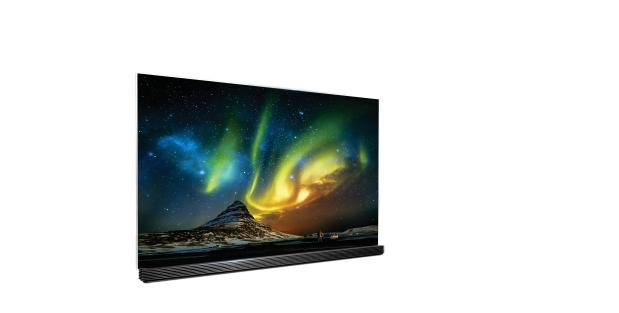What’s the difference between QLED, OLED, 4K and 1080p smart TVs and why should I splash out on them?
There are so many new technology innovations in TVs right now it's hard to know what to spend your money on

WITH the largest consumer electrics trade show looming you’ll hear a lot about OLED, QLED, 4K and 1080p smart TVs throughout January – so what on earth are they and why should you fork out for them?
If you’re buying a TV this year or keeping an eye on events during CES 2017, you’ll be left with the questions: should I buy a QLED, OLED or LED TV or a 4K or 1080p TV?
Samsung unveiled its brand new 4K QLED TV at CES 2017 this week.
It promises to wipe the floor with all the other HD tellies out there - but isn't available on the market just yet.
You CAN get your hands on an OLED or LED TV.
But what's the difference?
OLED is a TV screen technology that offers the highest colour and motion quality (making it perfect for watching a match) on the market without munching too much power.
Television giant Samsung denied rumours that it would begin producing OLED TVs again in 2017, suggesting they have something better up their sleeves (and could be about to reveal at CES 2017).
But they appear to be the highest quality tech on the market right now, so here's everything you need to know.
OLEDs are only being made by LG and Panasonic, and are very expensive at around £1,200 to begin with.
But they have been dropping in price and are set to get cheaper still.
OLED stands for Organic Light-Emitting Diode, and the "organic" aspect is what sets it apart for image quality.
It has a special carbon film behind the screen which emits its own light when an electric current is passed through.
This differs from an LCD or LED which uses a massive backlight to appear bright and therefore blacks don’t seem as black and whites not as white.
OLED TVs have been around since 2012 but 2017 is set to be the year they hit a peak, as innovations have improved the technology making the carbon last longer.
While browsing you may have noticed 1080p and 4K TVs, too.
Related stories
It’s a completely different technology, relating to the amount of pixels in a row that a TV screen can display.
And the higher the pixels, the better the definition.
It’s currently the second highest resolution on the market, and is trumped by 4K TVs which cost a lot more and offer way more definition.
However 4K only works if you watching content made for it – but it is likely that more-and-more TV shows will work on this tech, so it's an investment for the future.
On the other hand, 1080p resolution and up is only useful if your telly is OVER 40 inches.
Otherwise, you’re safe with 720p and 1080i as the visual difference is minimal.
We pay for your stories! Do you have a story for The Sun Online news team? Email us at tips@the-sun.co.uk or call 0207 782 4368













